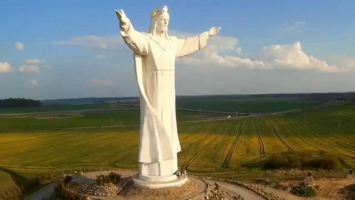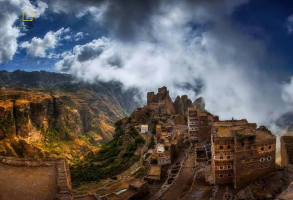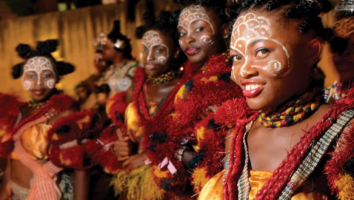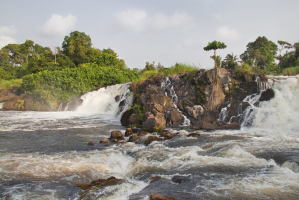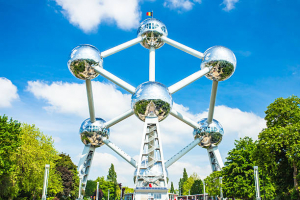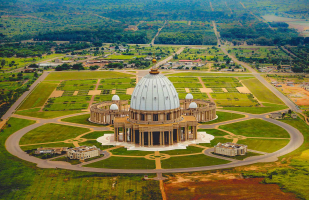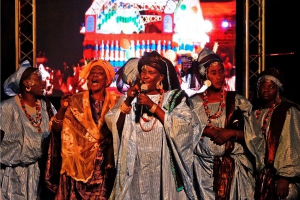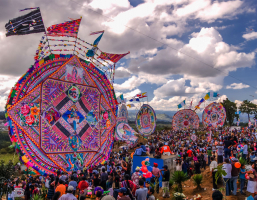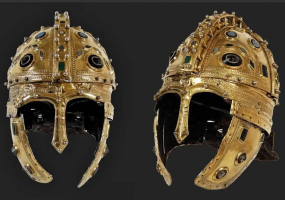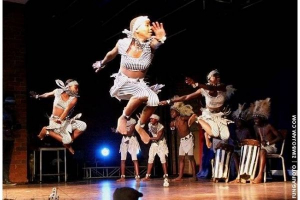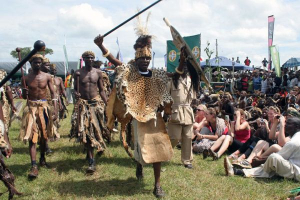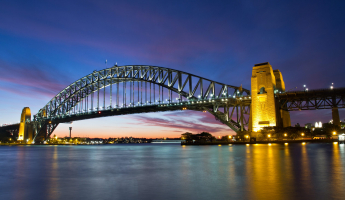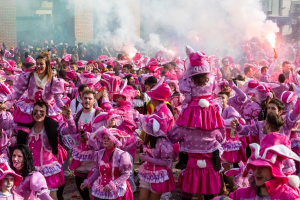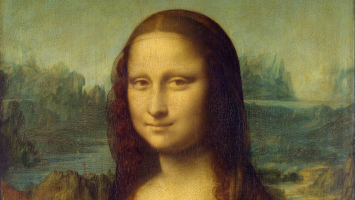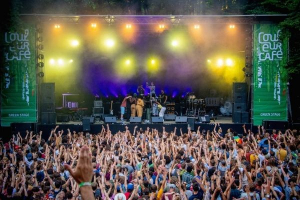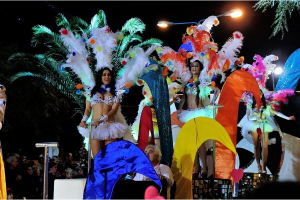Top 5 Most Famous Monuments in Cameroon
Cameroon is a country in West Africa. It’s a terrific site for travelers to view the magnificent topography this country has. Cameroon's monuments are worth ... read more...seeing. The official languages of the country are English and French, with French being the preferred language. Rain forests, mountains, arid plains, and high plateaus characterize the country's geography. Traveling through Cameroon is an adventure that will take you on a tour of historical landmarks that preserve the country's culture as well as locations that nourish its art. Here are some of the most famous monuments in Cameroon.
-
The Reunification Monument is located in Yaounde, Cameroon's capital. It was created in the early 1970s to mark Cameroon's reunification. To commemorate the reunification of French and English prawns in 1961. Cameroon's historical monument was built between 1973 and 1976.
Former President of the United Republic of Cameroon, Ahmadou Ahidjo, announces a national and international competition to create a reunification representation. The memorial of the work of the French Solomon is reunified by the Cameroonian sculptor Gedeon Mpando and the Jesuit father Engelbert Mveng.
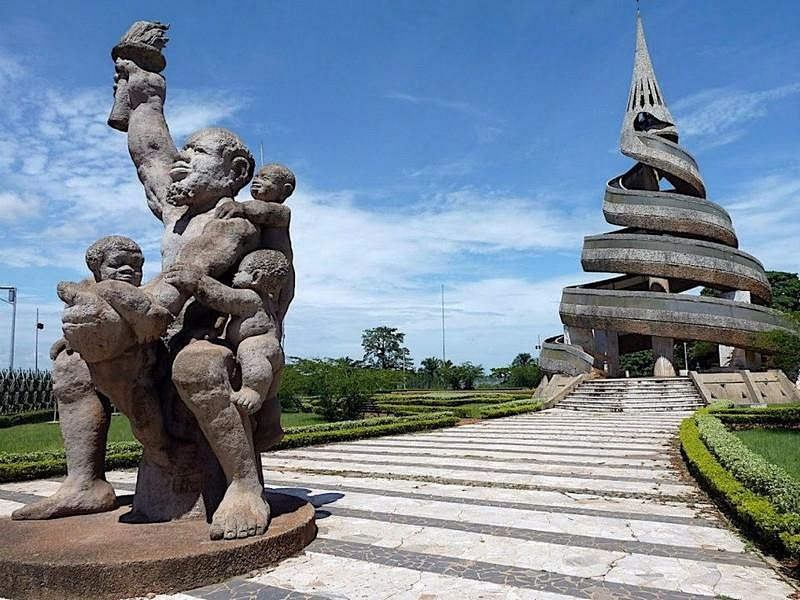
Tripadvisor 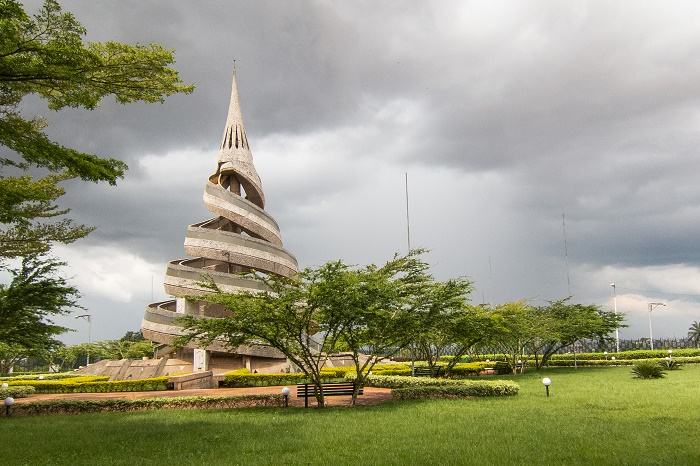
Alluring World -
Prime Minister Lodge Buea is one of the most famous monuments in Cameroon. With the war for independence, the residence of German colonial officials, and later the residence of the Prime Minister of the Southern Cameroons, has regained prominence.
It is also known as Cameroon's German memorial. It is the final destination for Southern Cameroonians; those fighting for Southern Cameroon independence want to install their government at the former Prime Minister's Lodge.
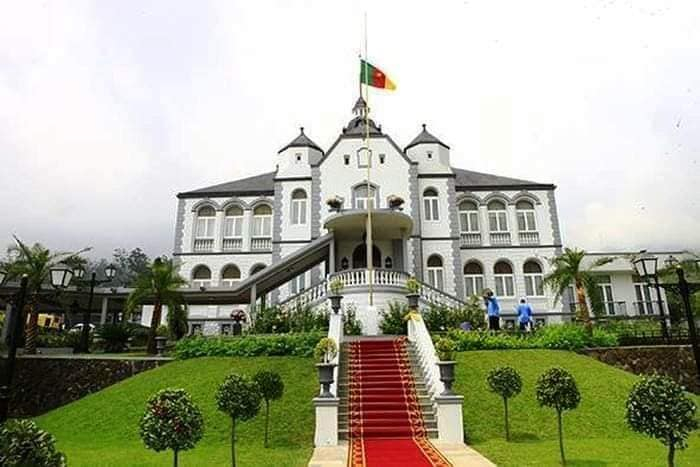
237 Street Gist 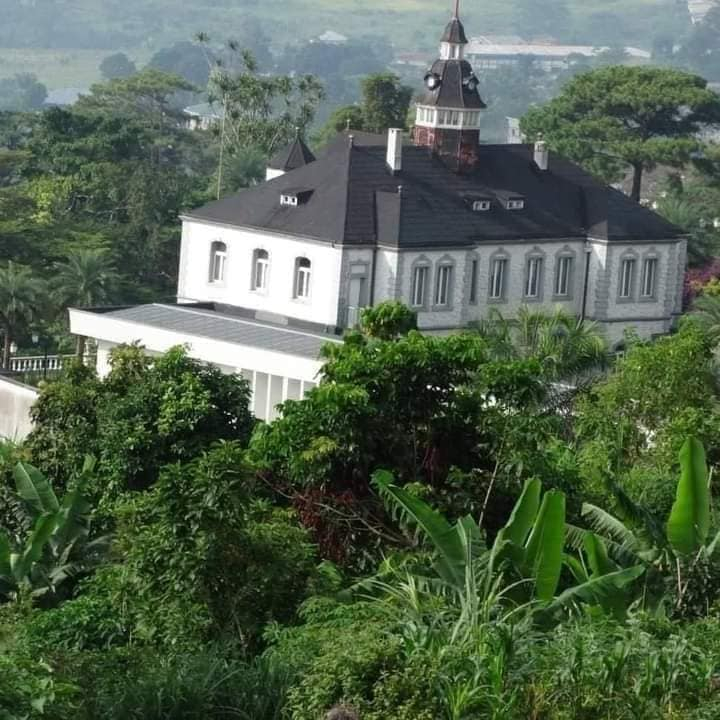
237 Street Gist -
Every resident of Cameroon takes pride in the statues of Charles Atangana. Charles Atangana, also known by his German name Karl and his native name Ntsama, was the paramount chief of the Bane and Ewondo ethnic groups in Cameroon for much of the colonial period.
Despite his modest beginnings, Atangana's allegiance and friendship with colonial priests and bureaucrats in the colonial government won him increasingly more significant positions. This statue has become one of Cameroon's most well-known landmarks.
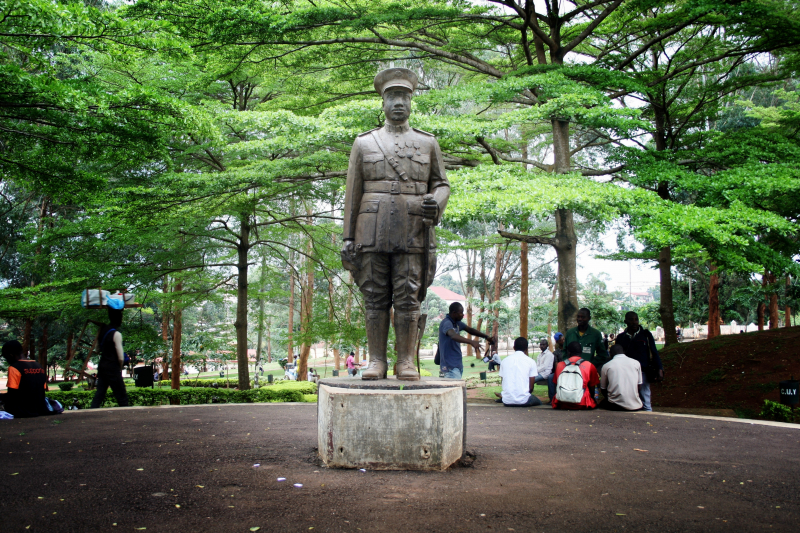
Wikimedia Commons 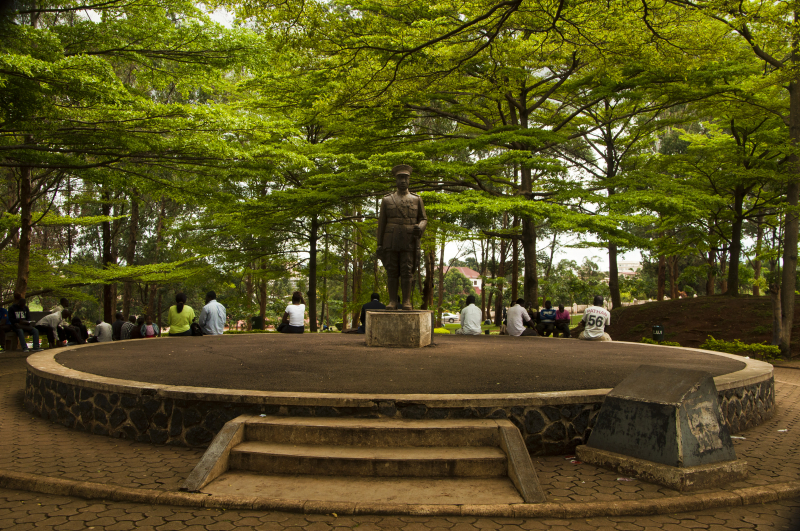
Wikimedia Commons -
Slaves marched through the Door of No Return after being sold in Bimbia. Iron shackles and the ruins of their imprisonment can be seen here, from which they were taken across the Atlantic. Slaves were shackled here before being transported across the Atlantic.
Bimbia Slave Port is today considered one of Cameroon's distinctive monuments.
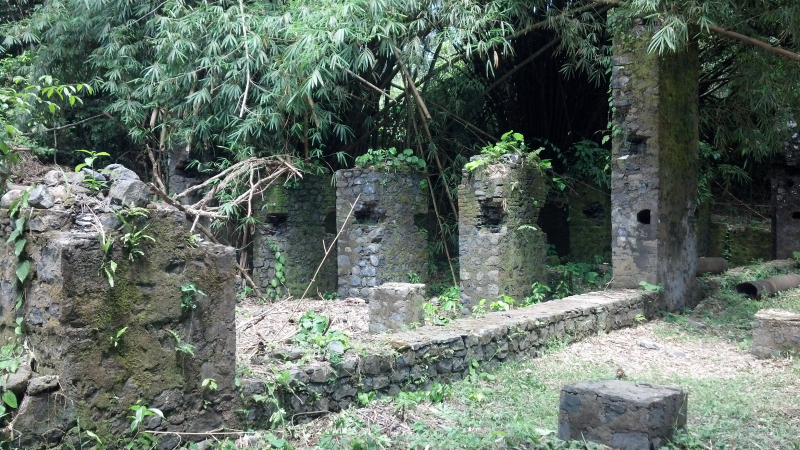
Wikimedia Commons 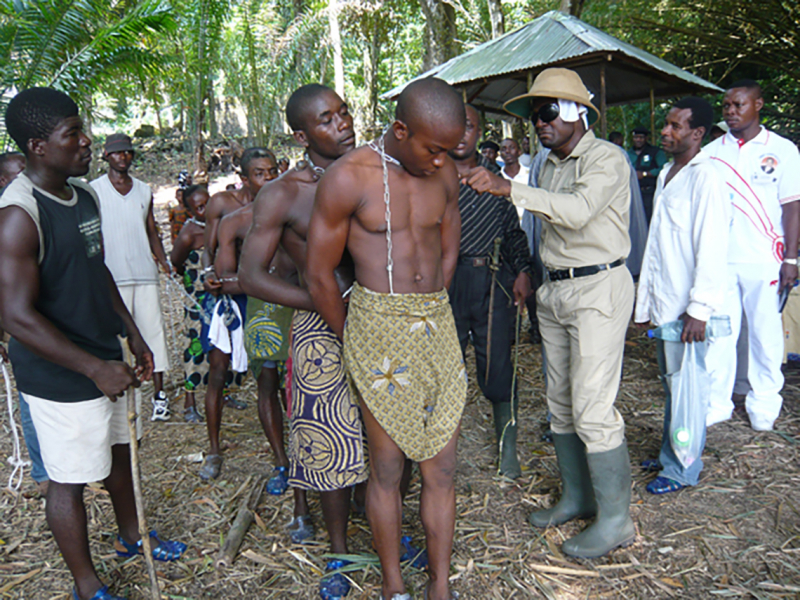
Outback Africa -
Chefferie is also one of the most famous monuments in Cameroon. The enclosure is centered on a massively spectacular bamboo edifice, accessible via a ceremonial gate, with images from secret societies, dancers, musicians, and even the World Cup-winning Cameroon football team and former chiefs on its conical thatched roof supported by wooden pillars carved.
The interior of this historic landmark in Cameroon is closed to the public, but the visitor center to the left gives a fascinating tour.
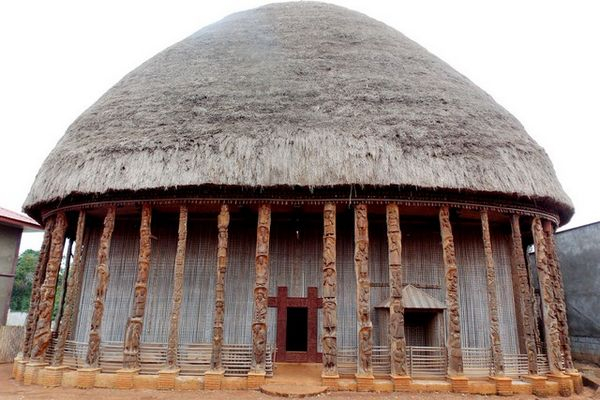
www.editions2015.com 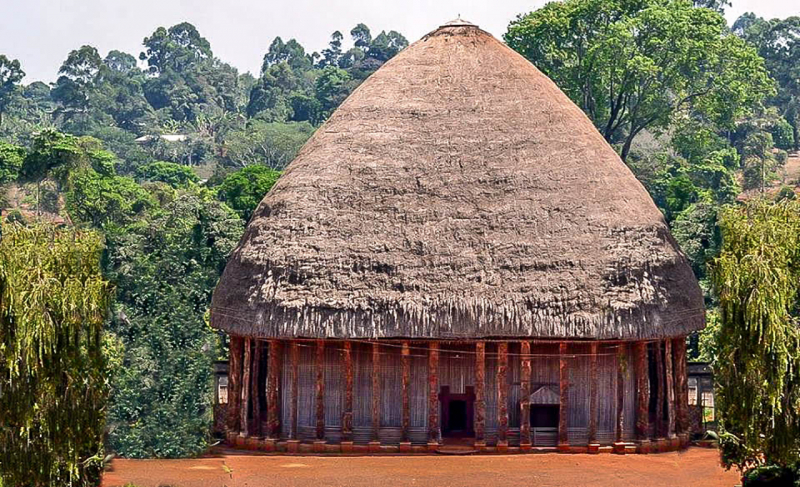
Discover-Cameroon







